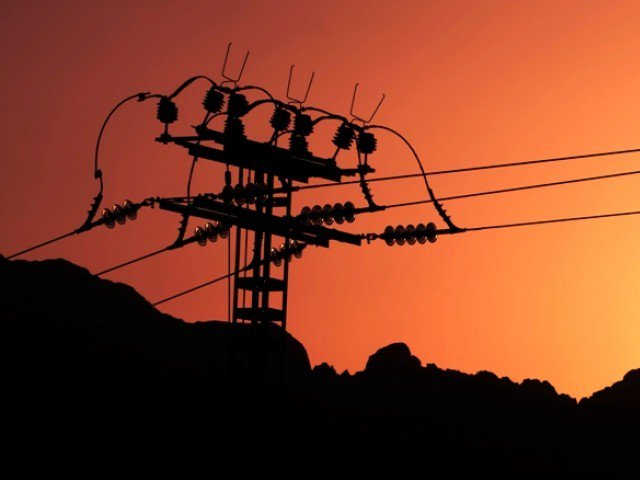
ISLAMABAD: The circular debt has decreased to Rs499 billion from a figure of Rs573 billion reported two weeks at the far end of the PML-N tenure, which completed its term on May 31st.
A senior government official revealed circular debt had fallen to Rs499 billion from Rs573 billion and had been rising because of delay in determination of power distribution companies (Discos) tariff.
He shared the National Electric Power Regulatory Authority (Nepra) in April had notified the new tariff for Discos and due to this energy companies had been able to gather Rs90 billion additional revenue in monthly bills of last month.
The official added the energy companies were expecting Rs101 billion additional revenue collection for the current month of June, which would lead to further reduction in circular debt.
In the last government’s tenure from June 2013 to May 2018, the circular debt rose to Rs573 billion.
Recently, Secretary Power Yousaf Naseem Khokhar had informed the Senate Standing Committee on Power that power sector receivables ratcheted a 46 percent increase to Rs633 billion last week from Rs434 billion in end of June 2015.
The power division on 11th June provided details regarding the steady rise in power sector receivables from Rs589 billion in 2015 to Rs779 billion till June 4th, 2018, increasing 32.25 percent.
Mr Khokhar shared average power shortfall was recorded at 4,530MW in July 2017 and was largely remain unchanged in 1st week of June 2018 at 4,559MW.
According to the Power Division, disconnected defaulter’s receivables were recorded at Rs99 billion.
The Senate panel’s meeting was chaired by Senator Fida Muhammad was apprised government sector receivables were recorded at Rs146 billion earlier this month against Rs156 billion in 2015.
The Senate committee wasn’t apprised the fall was because of the Rs50 billion waiver permitted by the PML-N government to the Sindh government in 2016.
Contrarily, receivables of the power sector from government sector rose 8.33 percent, touching Rs169 billion in 2016 and decreased to Rs115 billion in 2017, because of the waiver provided by the federal government.
However, these receivables again surged 21 percent, touching Rs146 billion in the outgoing financial year.
Private sector receivables rose 8 percent, touching Rs469 billion in 2016. For 2017, an 18.3 percent rise was reported to Rs55 billion and further increased to Rs633 billion in 2018.
Mr Khokhar shared average demand in July 2017 was recorded at 21,540MW which increased to 23,301MW by June this year, posting 8 percent rise.
In the corresponding period, a 10 percent rise in generation was recorded, touching 18,742MW now compared to 17,012MW in 2017.























